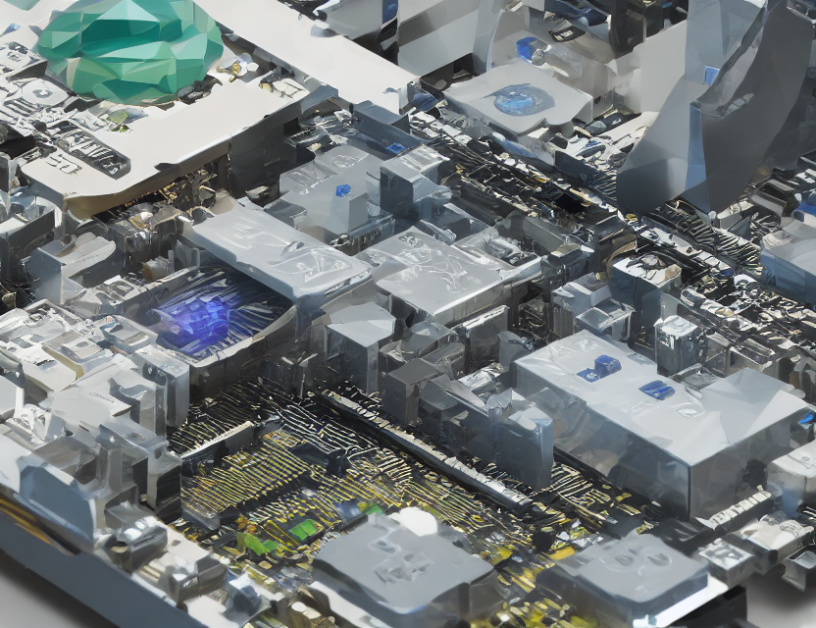Memory reliability is crucial for modern computer systems, as it affects the overall system performance and uptime. To improve memory reliability, researchers have investigated the correlations between memory errors and failures in data centers. This article reviews the key attributes of computer system dependability (Reliability, Availability, and Serviceability) and introduces a new approach called AIOps to address memory-related issues.
Background
A. Terminology
In DRAM technology, a fault refers to any underlying cause of an error, such as particle impacts, cosmic rays, or defects. An error occurs when a DIMM provides inconsistent data to the memory controller due to an active fault. Depending on ECC’s capability to correct errors, memory errors can be classified into two types: correctable errors (CEs) and uncorrectable errors (UEs).
B. Memory Organization and Access
Memory events refer to various indicators of an unhealthy memory state, such as CE storm3, CE overflow4, and CE suppressed notification5. Six groups of features are constructed as input for machine learning approaches to predict memory failures. The article evaluates the best features using Pearson correlation, Random Forest, and LightGBM in Section VIII.
Result
The study demonstrates that AIOps can improve memory reliability by identifying potential failures before they occur. By analyzing various factors, including hardware failures, software errors, and environmental conditions, AIOps can predict and mitigate memory-related issues, leading to better system performance and uptime.
In conclusion, this article provides a comprehensive overview of the challenges related to memory reliability in modern computer systems and introduces an innovative approach called AIOps to address these issues. By leveraging machine learning algorithms and data-driven techniques, AIOps can help improve system dependability and reduce downtime, resulting in better overall performance.



